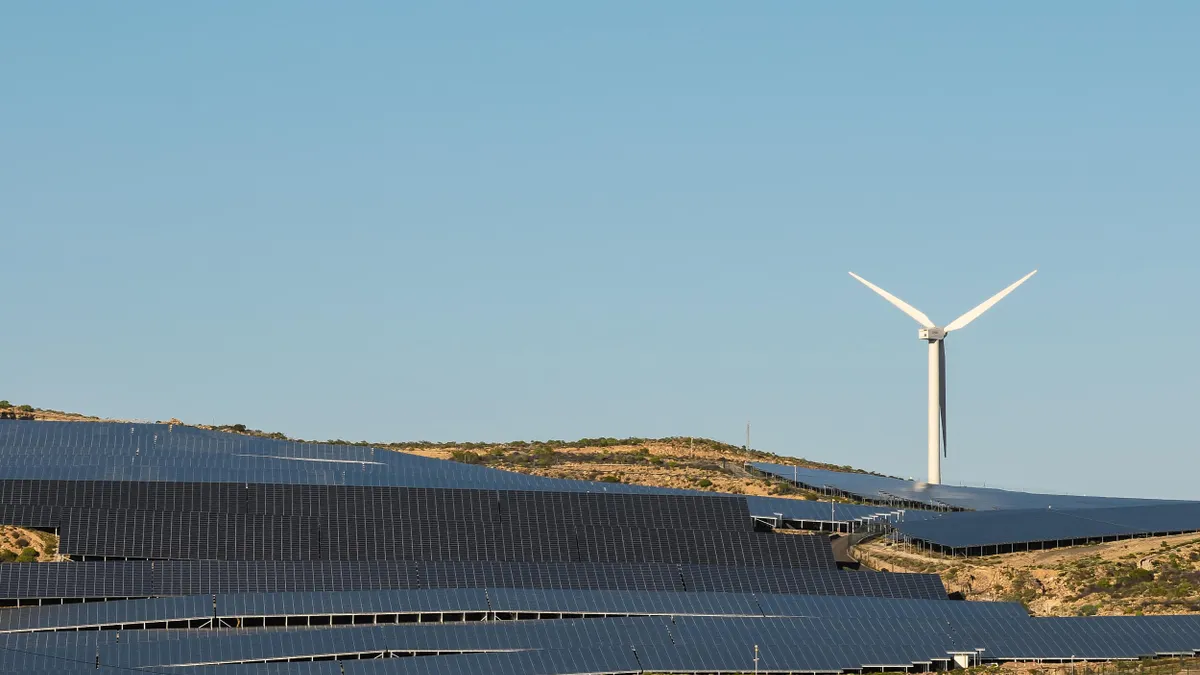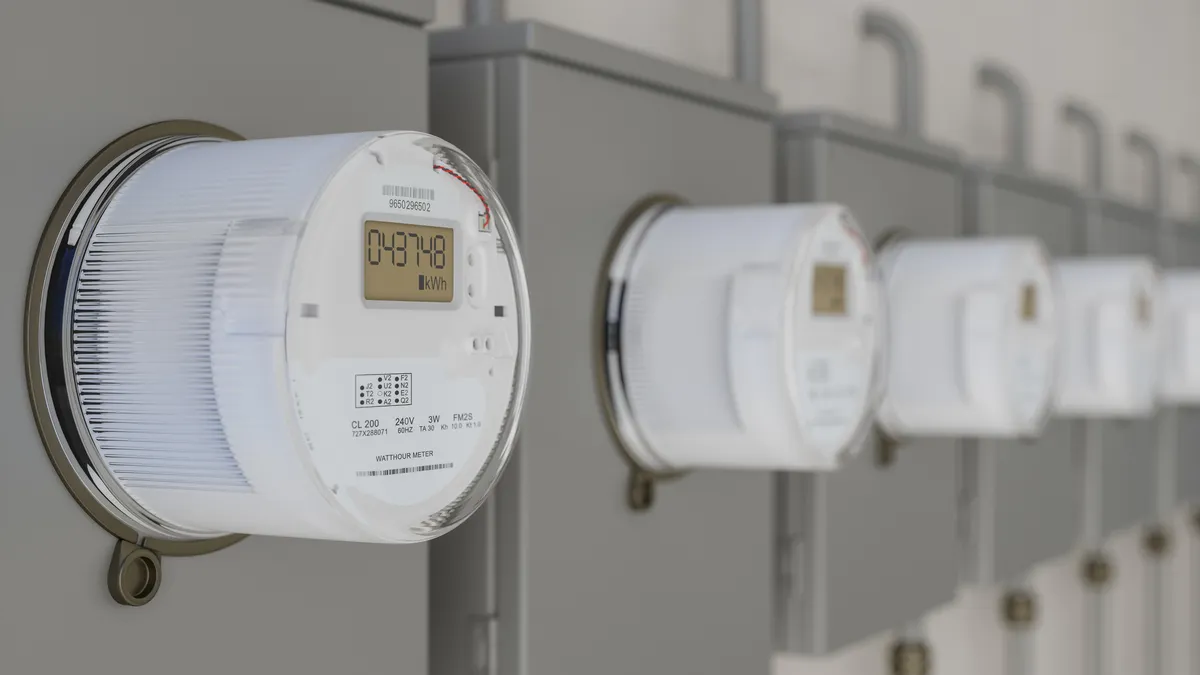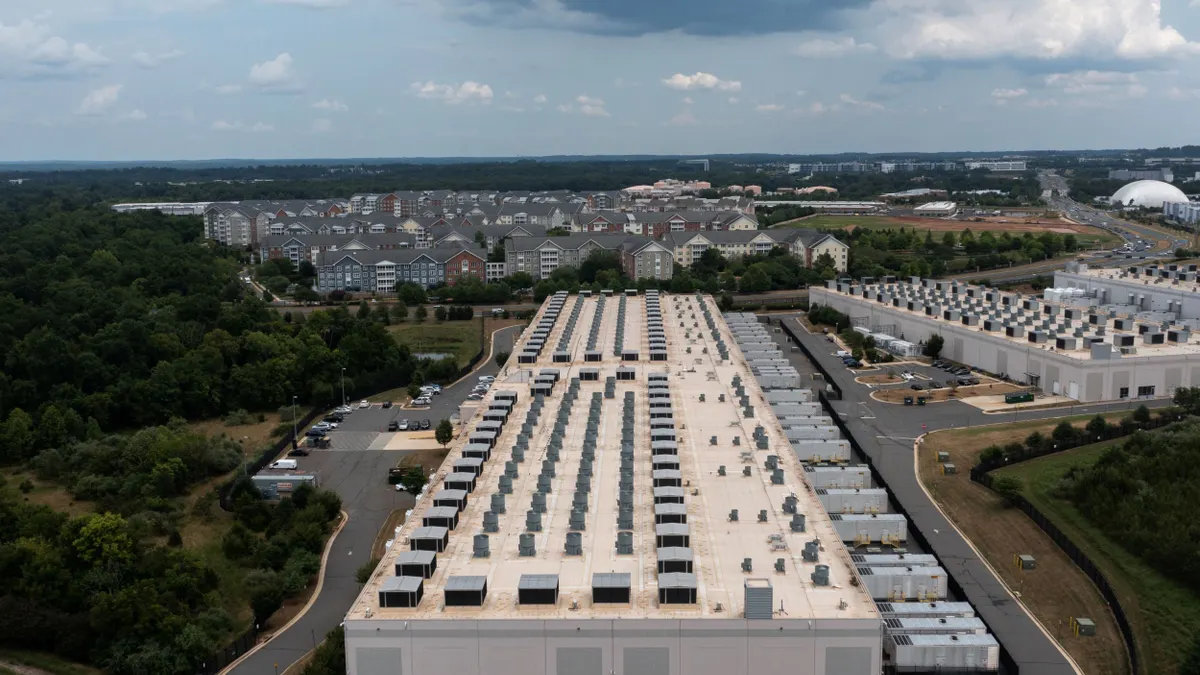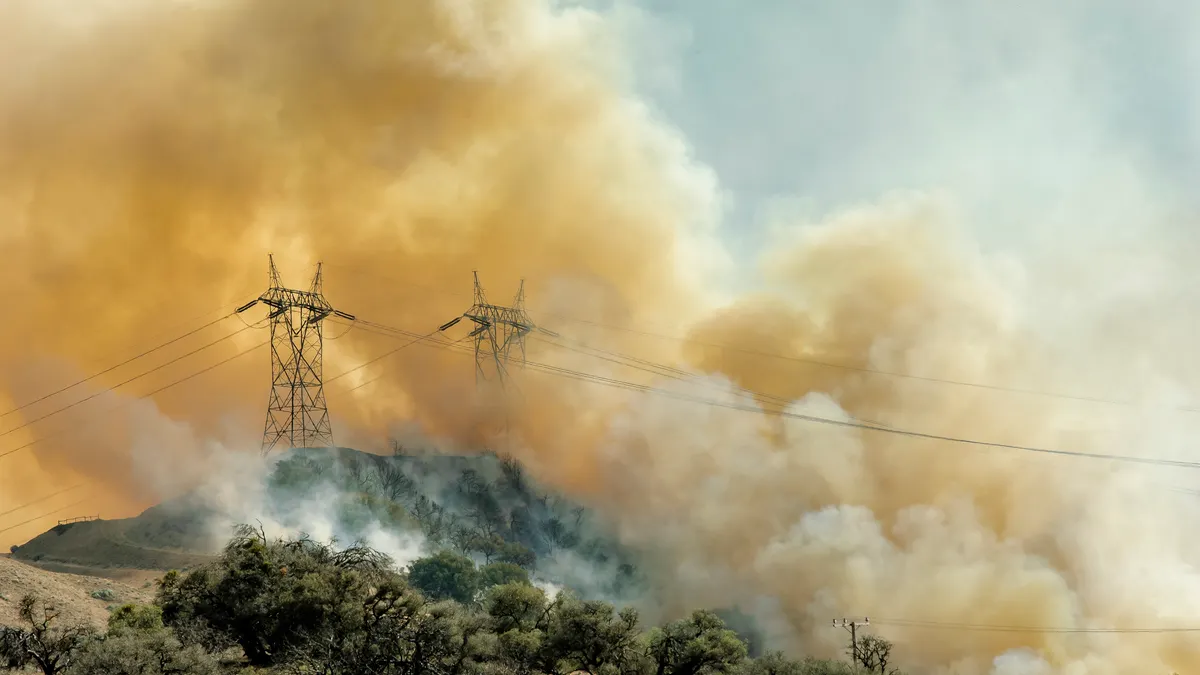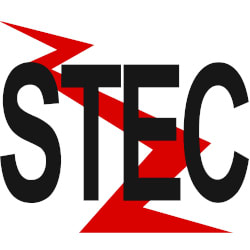California's energy sector stands to gain a lot from President Joe Biden's $2 trillion infrastructure plan — which would set aside billions of dollars for the electric grid — as the state navigates its own clean energy goals, experts say.
Biden's American Jobs Plan includes a $100 billion investment in the power grid, including tax credits to incentivize the deployment of at least 20 GW of high-voltage capacity power lines, as well as extending and expanding tax credits for clean energy resources, including energy storage. The plan has been criticized by the Republican leadership in Congress as being too expensive, but clean energy advocates — including in California — are optimistic that the proposed investments could go a long way in building out transmission and deploying more storage, advancing some of the key building blocks to California's goal to reach 100% zero-carbon electricity by 2045.
"Even before some of this gets played out through actual legislation at the federal level, this focus, I think, will dovetail nicely with California's articulated goals — and hopefully, will incentivize more investment," especially in the storage sector, said Ella Foley Gannon, partner with law firm Morgan Lewis.
The plan is still in its early stages and getting it through Congress as legislation could face challenges, given the initial response from Republican leaders and the slim majority Democrats hold in the Senate. Experts expect that a lot of the plan will be passed through the budget reconciliation process, although there likely won't be much movement on it until July, according to Foley Gannon.
"We're all expecting a fight and a battle, but I think some form of this is going to get through," she said, adding, "It's a pretty big indication of where renewable energy sits in this administration's priorities and that's always a very, very significant thing for an industry."
For California, the proposal's investments in transmission could be especially significant. The state could need to build as much as 6 GW of renewable and storage projects each year to meet its clean energy goals, regulators have found. And expanding the transmission grid could unlock opportunities to access renewables in other states, Seth Hilton, partner at Stoel Rives, noted.
It could also play a key role in addressing some of the state's reliability challenges, highlighted during rolling blackouts that took place last summer. California relies heavily on power imports to meet its load, and as neighboring states transition to more renewable portfolios, some of those import opportunities could start to disappear — meaning California could soon need to reach out to new markets, via new transmission, said Hilton.
Additionally, funding to invest in transmission could also mitigate some of the wildfire risk faced by the state's utilities, like Pacific Gas & Electric (PG&E).
"PG&E's infrastructure is old, it's damaged. It's been suspected or confirmed that it's the cause of a number of wildfires, and now we're having repeated shut-offs because we're concerned that our transmission infrastructure is going to spark further wildfires. So clearly a significant amount of replacement needs to be done," Hilton explained.
Another significant component of Biden's plan is the inclusion of a tax credit for energy storage. California will need a large amount of short and longer-duration storage to transition to 100% and currently, the resource only qualifies for the investment tax credit when paired with a solar energy system. But a storage tax credit, along with the plan's focus on domestic manufacturing, would open up the possibility of deploying storage resources in new areas, Foley Gannon said.
"The [tax credits], in California and throughout the country, have been a major motivator for large-scale solar, wind and other renewable projects, because they do end up bringing a lot more private investments into the sector," she added.
The storage industry, which has been pushing for a standalone tax credit for a while now, also praised the plan. While both the California Independent System Operator and California Public Utilities Commission are considering storage-related policies, "few of those have the ability to so comprehensively help enable storage market development like a tax credit would," Alex Morris, executive director of the California Energy Storage Alliance, said.
"I think it's one of the most impactful policy changes for helping California right now," Morris added.
The American Jobs Plan also proposes a $174 billion carve-out to bolster the electric vehicle market, with a focus on creating domestic supply chains and tax incentives. That carve-out is ultimately likely to be a net good for California, which wants to ensure that the sales of all new passenger vehicles in the state are zero-emission by 2035, said Ashley Wald, partner at Holland & Hart.
At the same time, there's also a possibility that the national focus on EV adoption could actually mean that more states will need to share resources and the services of companies that are building EV products, Wald noted.
"It'll be a positive for California … but I think it's going to force [the state] to be maybe competing a little bit in ways that they haven't necessarily with other states," she added.
Correction: This story has been corrected to attribute a quote to Ashley Wald, partner at Holland & Hart.







